The Premier League ball: Every single matchball since 1992
The Premier League ball has evolved in 30 years of football – which is your favourite in its history?
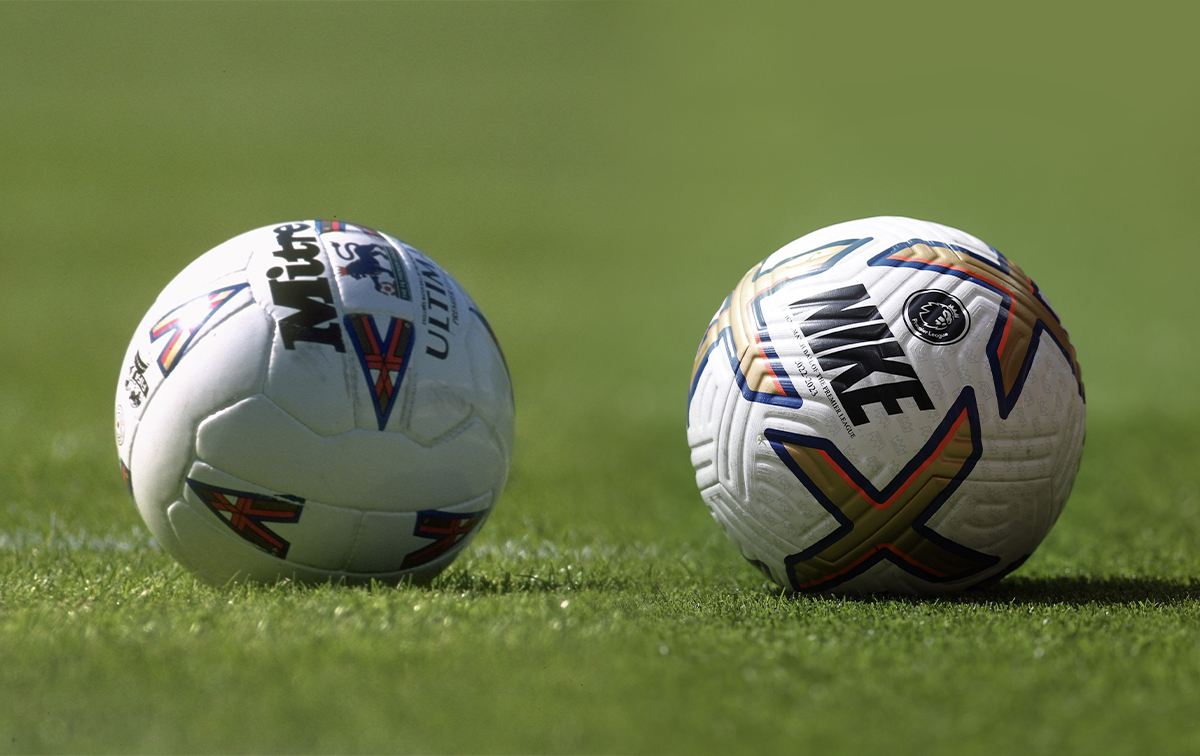
Think of the Premier League ball right now. Yes, you. Picture it in your mind's eye. Does it have a Mitre logo? Is it yellow? Or is it multicoloured and getting thwacked top bins by Jamie Vardy?
The definitive sphere of the greatest league on Earth differs from fan to fan, all right. Because in three decades, it's changed an awful lot. The newest edition of the Prem matchball is a Nike Flight masterpiece that pays tribute to the original – and so we've pretty much come full circle.
But boy has this thing gone on a journey over the years…
Every single Premier League ball ever
1992-95
1992-95: Mitre Pro Max
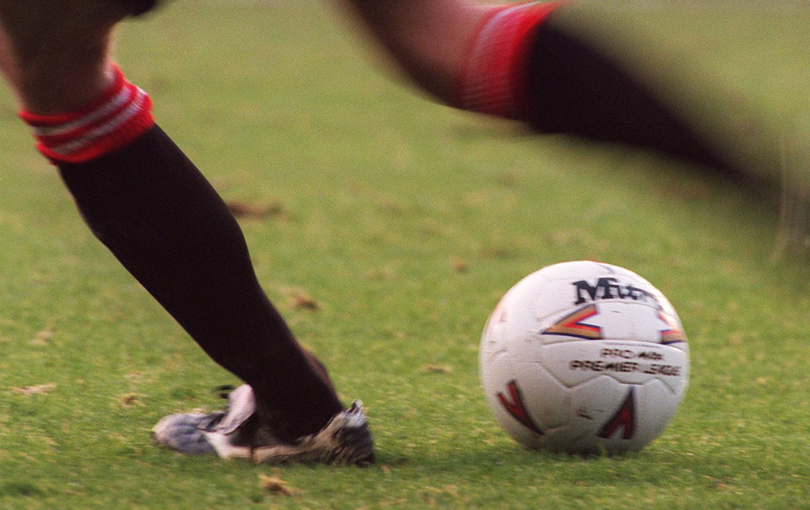
It all began with the modest Mitre Pro Max. An old-school football with leather panels that soaked up an English field like a sponge.
The Pro Max is still iconic, let's face it. It paved the way for many modern matchballs, too.
1995-2000
1995-2000: Mitre Ultimax
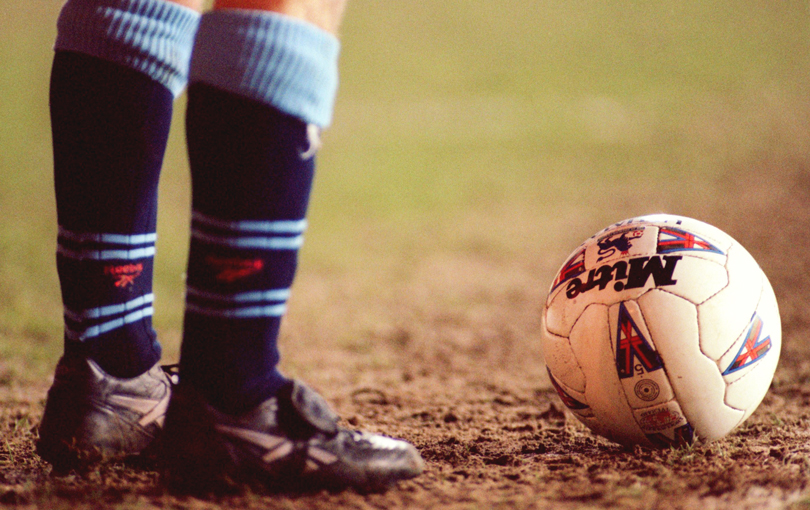
Three years into the Premier League's existence, the Mitre Pro Max was replaced by the Mitre Ultimax. The 'V' patterns became a little more embellished, as the Prem established itself as the most exciting division in the world and stars from further afield came to play with our matchball.
With five years in service, this is still the longest-serving Premier League matchball in existence. It'll probably keep that record to itself, too.
Get FourFourTwo Newsletter
The best features, fun and footballing quizzes, straight to your inbox every week.
In celebration of the 25th anniversary of the Ultimax, Mitre re-released the iconic ball in the exact same specifications and materials as the original and it's a work of art. There were only 600 available, and they come in individual numbered boxes.
2000-02
2000-02: Nike Geo Merlin and Geo Merlin Vapor
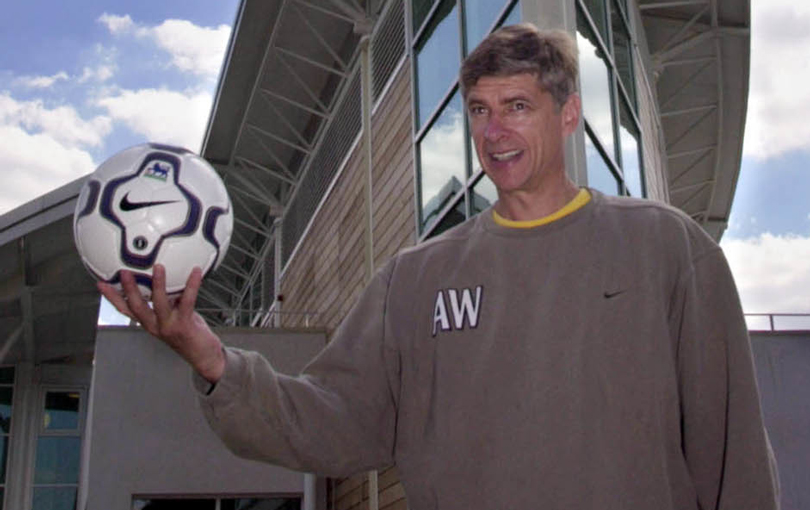
Nike's first couple of offerings to the Premier League were classy and understated.
Boasted as "the roundest ball ever", the 'Geo' part of the name referred to the technology that allowed the bladder of the ball – that's the squishy bit in the middle – to fill out evenly against all sides of the leather when it was pumped up. Nike then followed this classic up with a greyer option, the 'Vapor', which aimed to reduce drag.
The Golden Boot winner with the first-ever Prem Nike ball was Chelsea's Jimmy-Floyd Hasselbaink. 992 goals were scored in that 2000/01 season – but it didn't make that much of a difference to Manchester United, who still stormed to a third Premier League title.
2004-06
2004-06: Nike Total 90 Aerow I
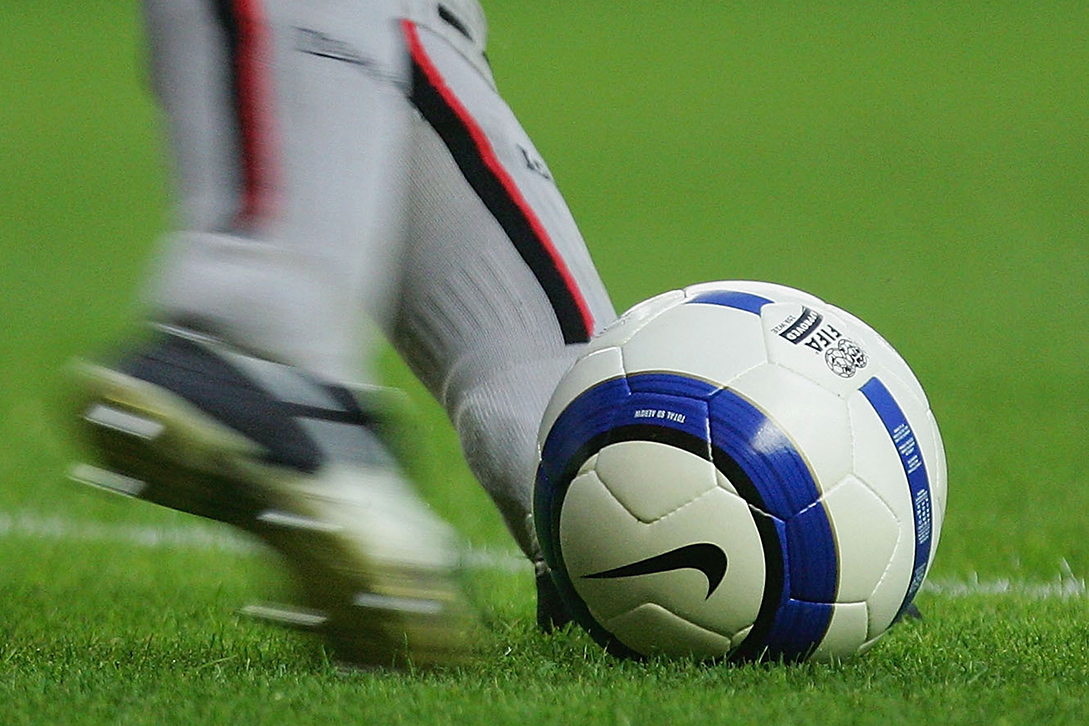
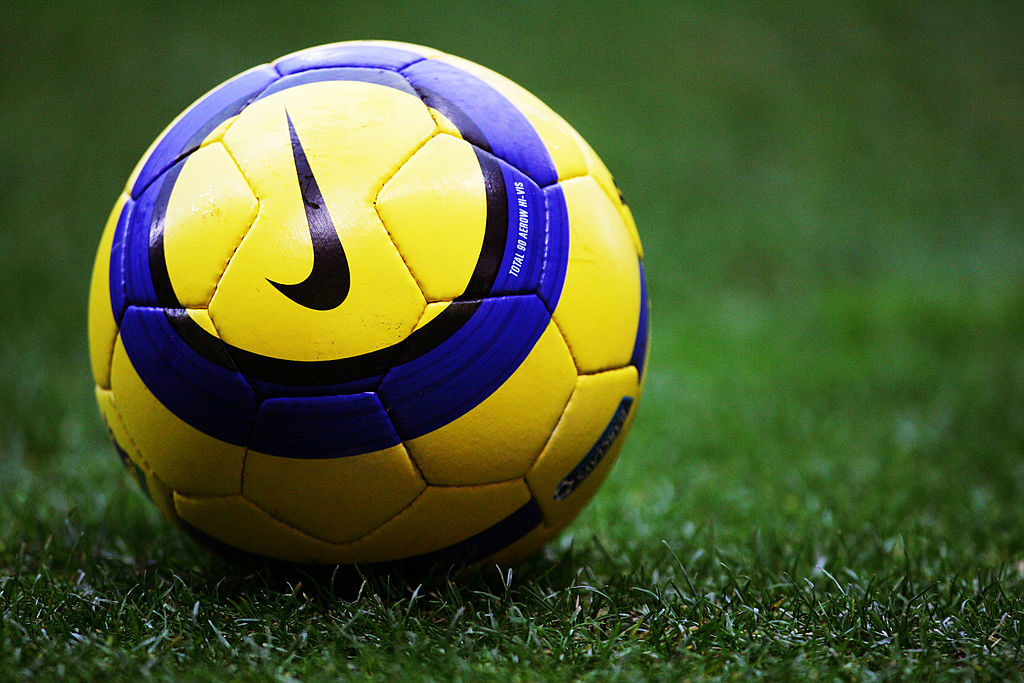
At Euro 2004, Adidas went for a silver offering with the Roteiro ball, and new designs were along for Nike too as the Total 90 brand developed; this was when national sides would have squad numbers in a ring on the front of their shirts.
The Total 90 Aerow ball that made it to the Premier League also had the ring around it, and for the first time, we got a separate yellow ball for the winter months. That ring pattern had a function though, other than looking cool - it allowed players to see the spin on a shot.
This ball is a classic.
2006-08
2006-08: Nike Total 90 Aerow II
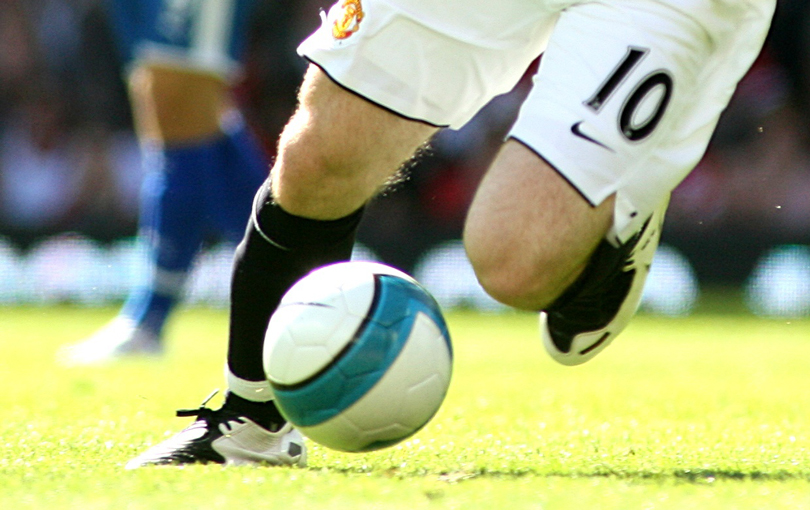
Then came the Total 90 Aerow II ball. Building on the technology of the last ball, this one altered the design a little for an asymmetrical pattern, as Nike realised that such a unique design would be even easier to see flying through the air.
Arsenal's Cesc Fabregas completed 2,100 passes the first season that this beautiful ball was in service. Nike switched it up with a red one for the next Prem campaign.
2008/09
2008/09: Nike Total 90 Omni
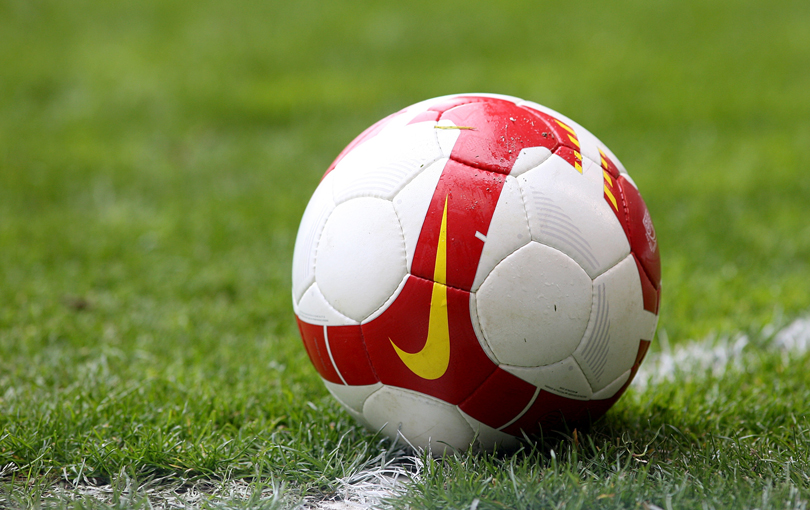
With six-layer casing and Nike's greatest accuracy with a ball yet, the Omni was in use for Manchester United's renaissance in the Premier League. This was also the first time that the Nike Swoosh logo had been embedded in the graphic itself.
Cristiano Ronaldo loved this thing, with 57 shots on target with it in its first Premier League campaign. The arched panels were a good look and apparently made for even distribution across the sphere.
2009/10
2009/10: Nike Total 90 Ascent
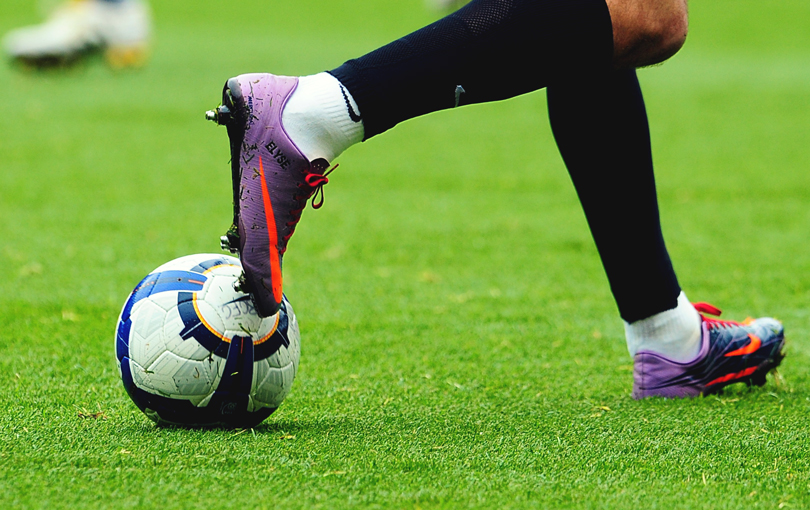
With HD TV now much bigger than before and technology in football getting even better, this is where we see a much more detailed, futuristic matchball than ever before.
The Ascent featured a micro-texture and 'RaDaR' visual technology. The pattern was developed from the previous models but this was a much busier design that we'd ever seen before. The 2000s were a maximalist decade for design anyway; it's fitting that Nike went overboard before scaling things back for a new era.
2010/11
2010/11: Nike Total 90 Tracer
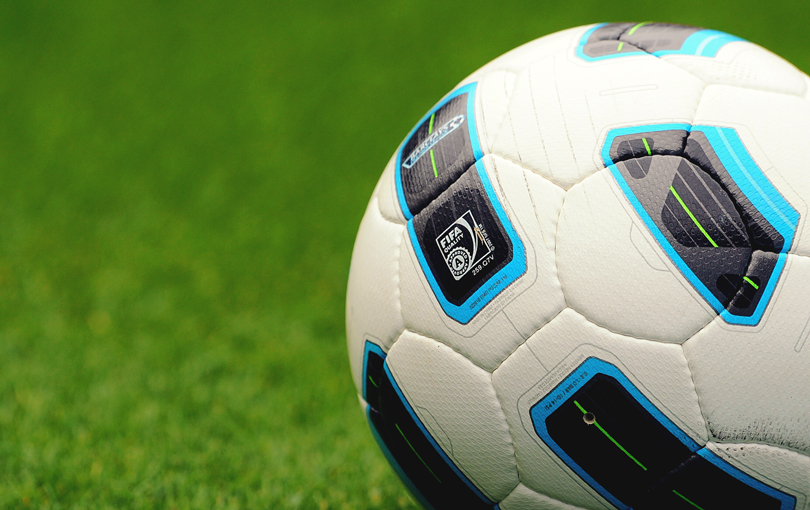
It's perhaps a surprise that it took a decade for Nike to introduce their trademark Volt green shade into the Premier League ball – but the Tracer is an absolute beauty, nonetheless.
With all the same tech that the Ascent brought to the ball, this Tracer stripped back the design for a timeless look. For many, this was the Berba ball, as Dimitar Berbatov rolled back the years to fire United to another title. Chelsea's Michael Essien actually passed this thing more than anyone else, though.
2011/12
2011/12: Nike Seitiro
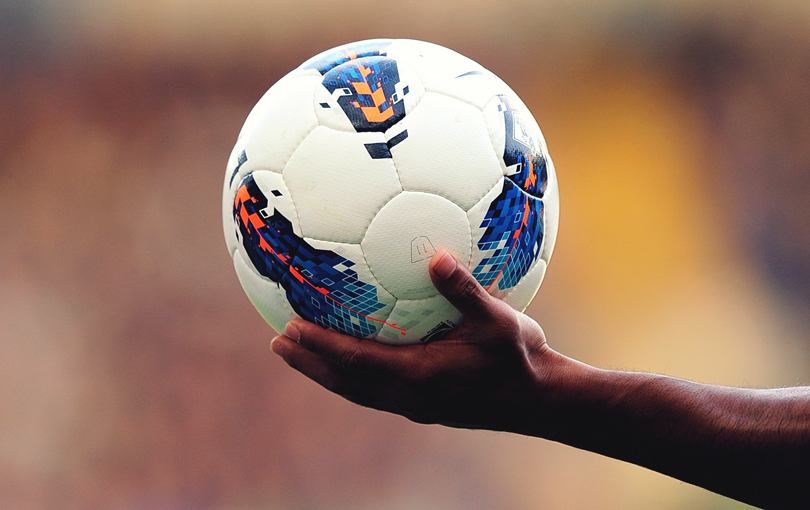
The Aguerooooo ball from when Manchester City first lifted the Premier League title, Nike went more vibrant and created a pattern that reflected the Prem logo itself.
This particular ball was upgraded to nine layers of casing, as Robin van Persie snatched the Golden Boot. It's a lovely design.
2012/13
2012/13: Nike Maxim
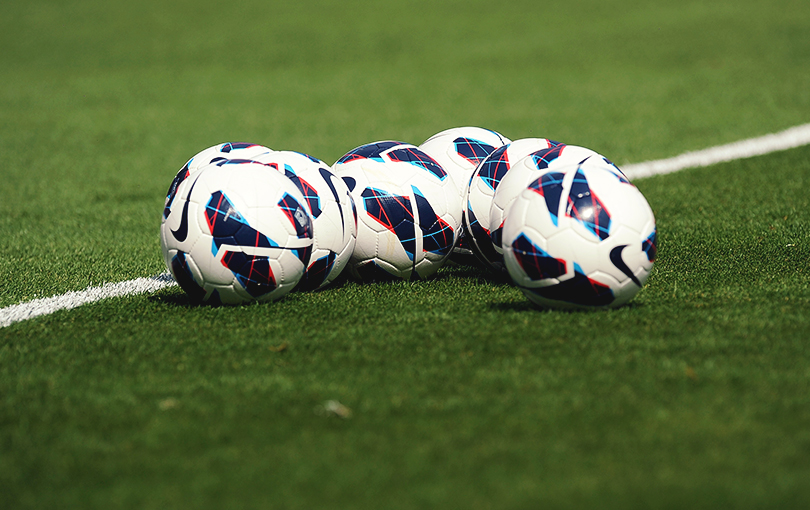
The Maxim went up to ten layers of casing and integrated 'fractualated' glass layers a unique visual appearance.
Despite the tech, however, this was always one of the less futuristic-looking matchballs. The simple design was a big hit; not for the goalkeepers who had to save 73 of Gareth Bales shots, though.
2013/14
2013/14: Nike Incyte
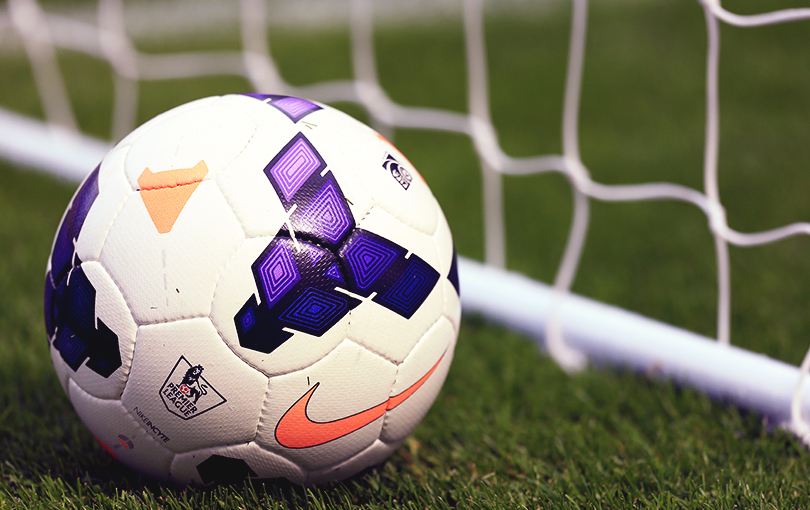
This was Luis Suarez's ball: the season that Nike brought in a purple/orange colour scheme just to mix things up a bit coincided with Liverpool's near-miss at the title.
The new colour palette actually opened the doors to Nike bringing in wilder designs than ever before. This was the ball that Asmir Begovic scored with for Stoke City, by the way.
2014/15
2014/15: Nike Ordem 2
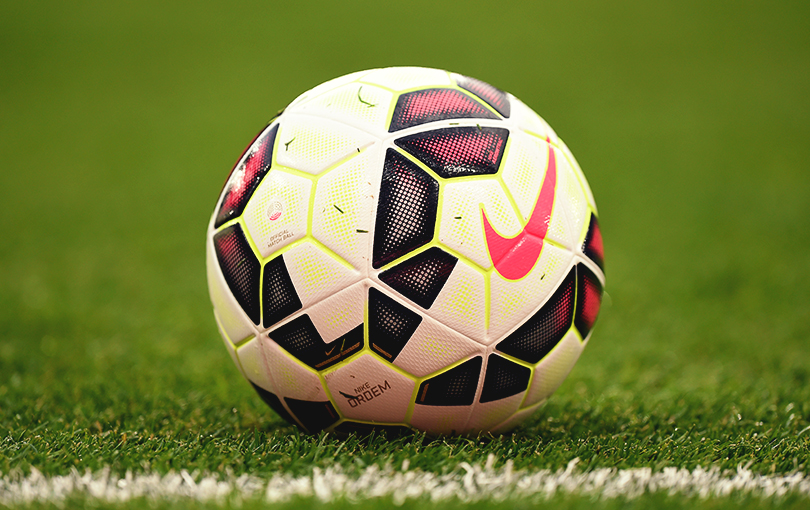
This is a big change in the ball world. No, the design doesn't look all that different. But the fluorescent lines around the ball are key: they indicate the grooves of this ball. This was the first to feature such grooves, with the ball being welded along some of them.
Yes – welded. This was a first in football and with synthetic leather casing, this genuinely felt space-age when it first hit the back of the net. Sergio Aguero was the first to win a Golden Boot with a welded ball.
2015/16
2015/16: Nike Ordem 3
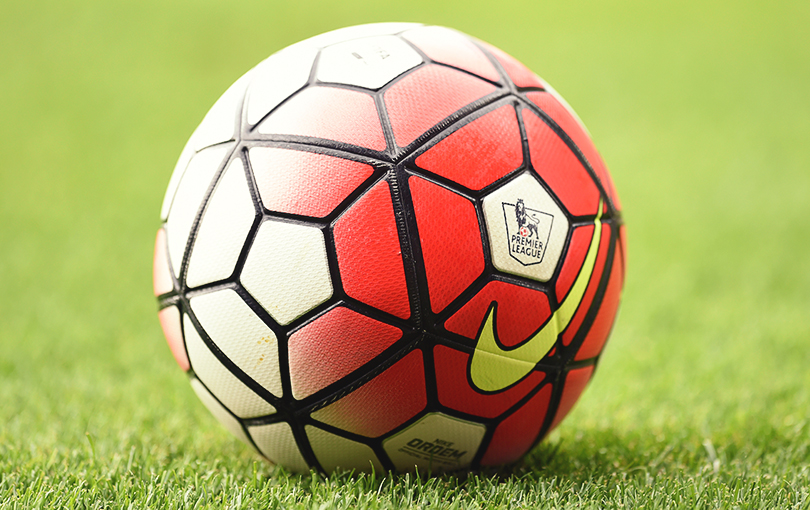
The following season, Nike built upon the Ordem technology, bringing even more attention to it with a black webbing all along the grooves. The ball was as much white as it was red – which felt pretty new, too – though Nike opted for traditional hexagonal and pentagonal patch patterns, similarly to Adidas's classic 1970s Telstar design.
Perhaps this ball should've been blue rather than red – it's forever associated with Leicester City.
2016/17
2016/17: Nike Ordem 4
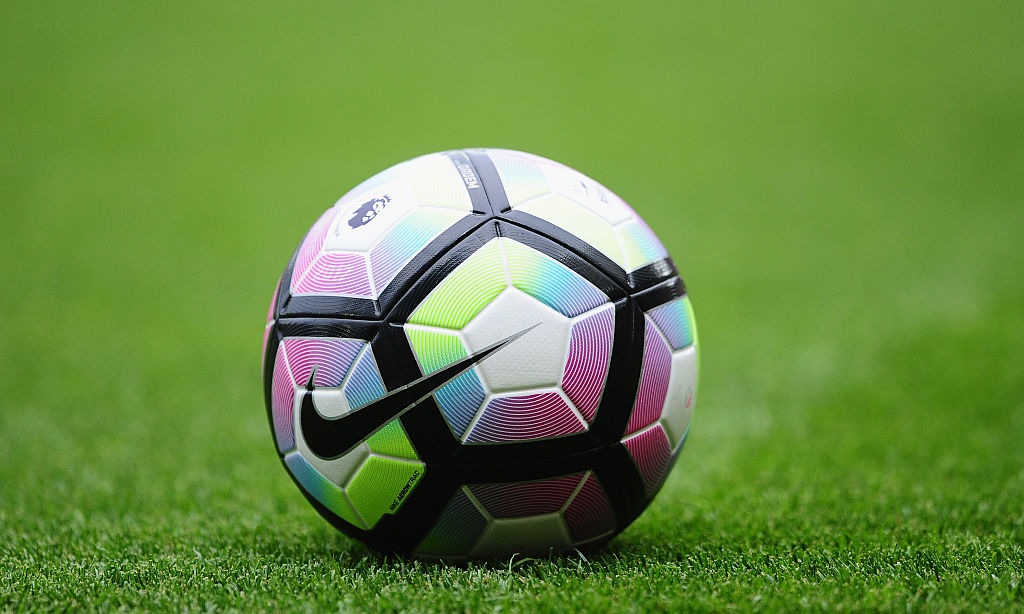
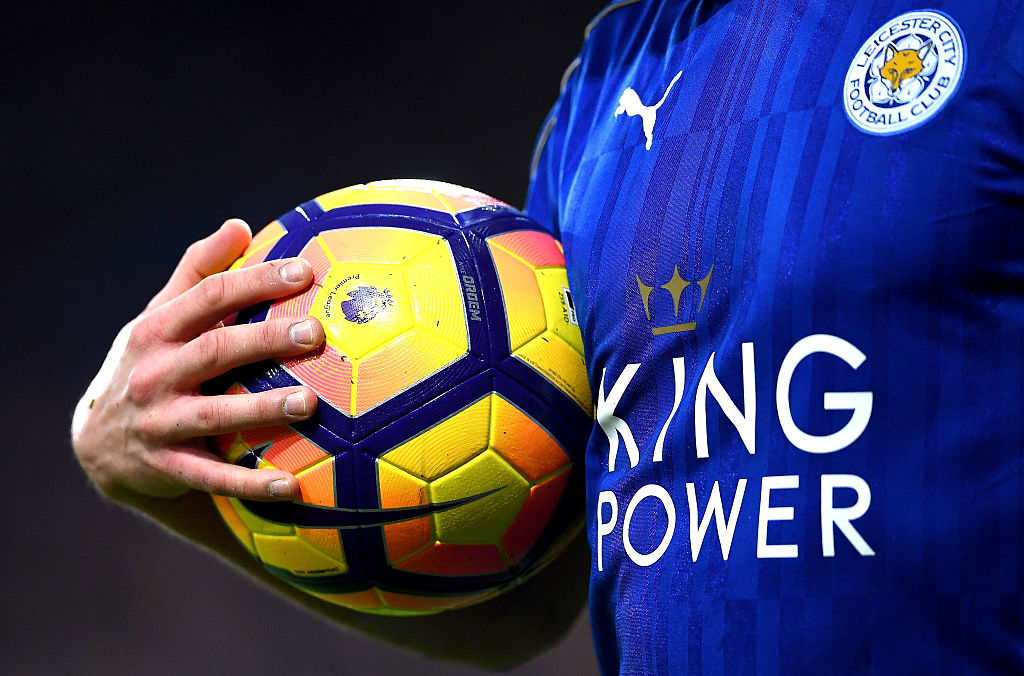
The rainbow ball had so much more technology that went into it aside from just pretty colours. This was the season that the Premier League rebranded its logo, so it needed a modern ball to match.
The Ordem 4 used 3D ink to create a touch texture, which allegedly provided some kind of grip. Nike called this pattern "Flow Motion", but opted for just red on the yellow winter ball.
2017/18
2017/18: Nike Ordem V
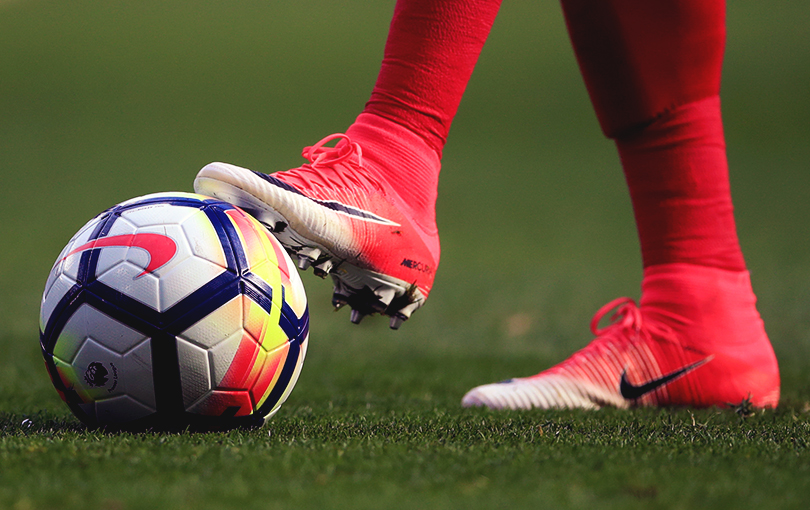
Once more, Nike stripped it back for a simpler ball, as the Prem brought in a simpler typeface for the names and numbers on players' shirts. This particular Ordem ball kept the dark "Cage" pattern of the last one, but went with fluorescent flickers.
Nike-sponsored Man City won their first title under Guardiola – which must have had useful marketing results – though we're still no clearer as to why they switched the numbering to Roman numerals five versions in.
2018/19
2018/19: Nike Merlin
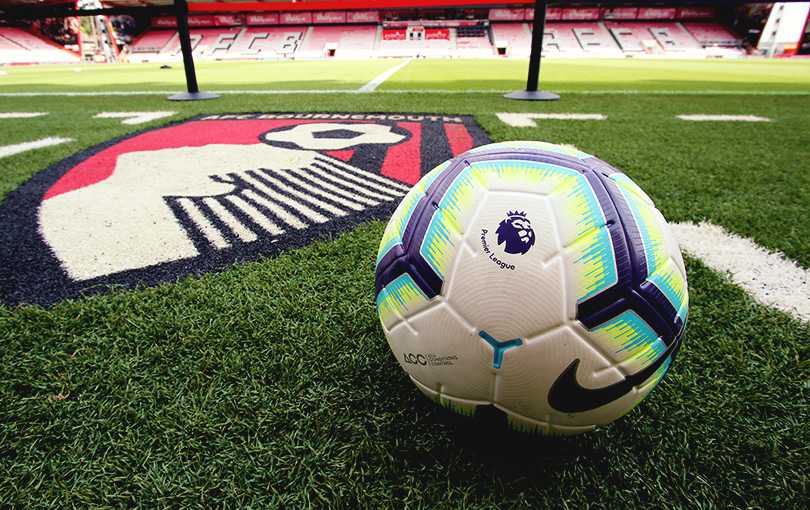
In the end, a good idea is a good idea forever. Nike certainly thought so when they took inspiration from their original Merlin design to reshape that "cage" around the ball, with the equaliser-style pattern that they were putting on every club's sleeves that season.
Nike integrated All Conditions Control (ACC) technology in a ball for the first time with this one, ensuring optimal control in all weather conditions. They also reduced the number of welded panels from 12 to four. Mohamed Salah, Sadio Mané and Pierre-Emerick Aubameyang all shared the Golden Boot on this one.
2019/20
2019/20: Nike Merlin
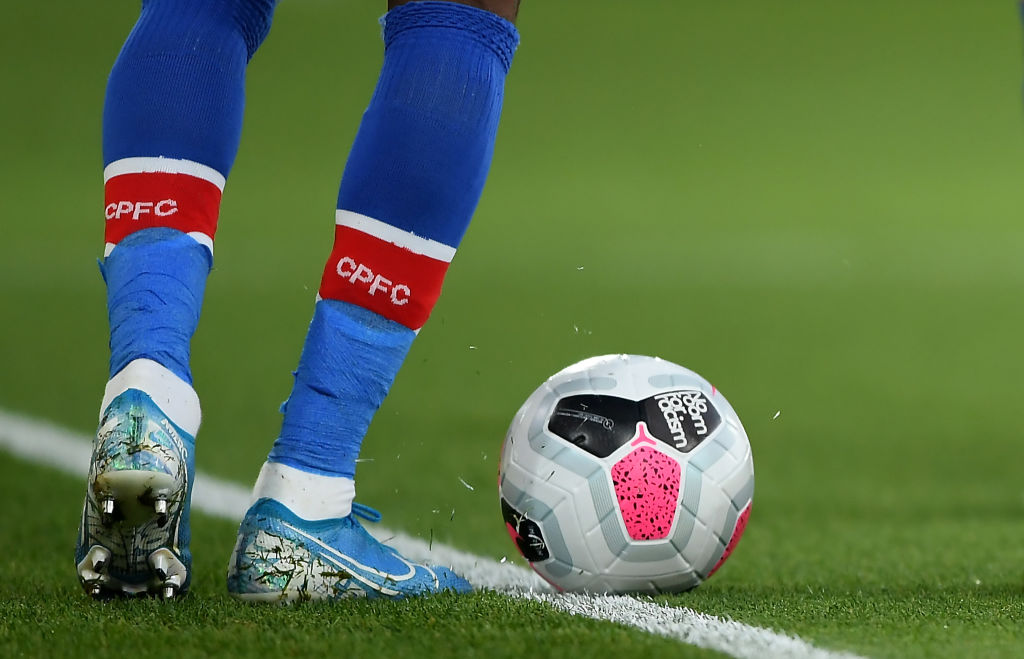
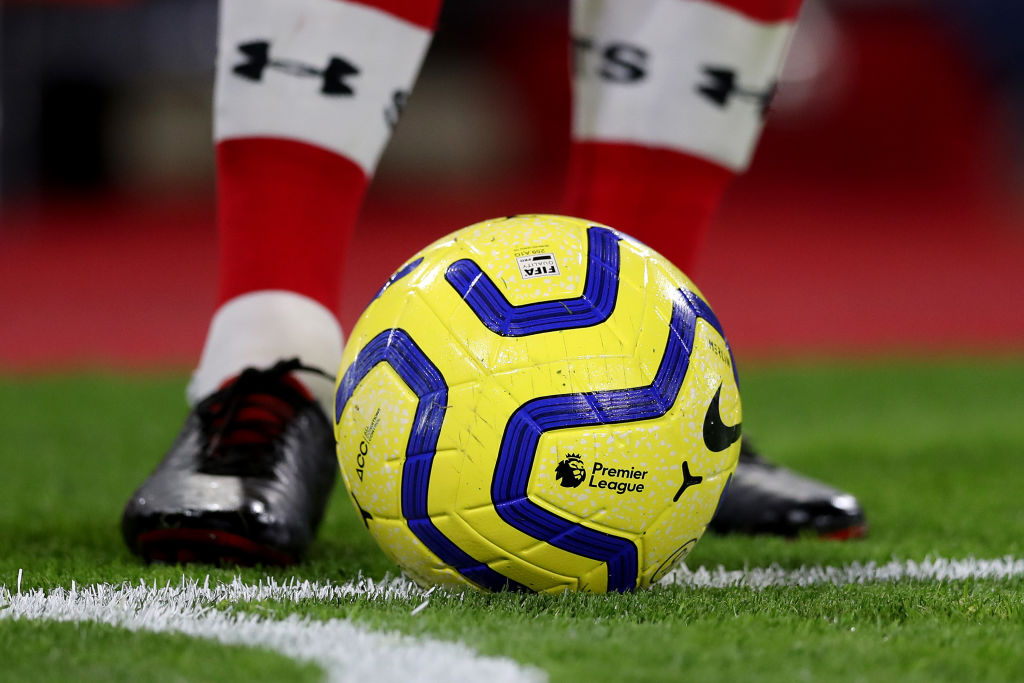
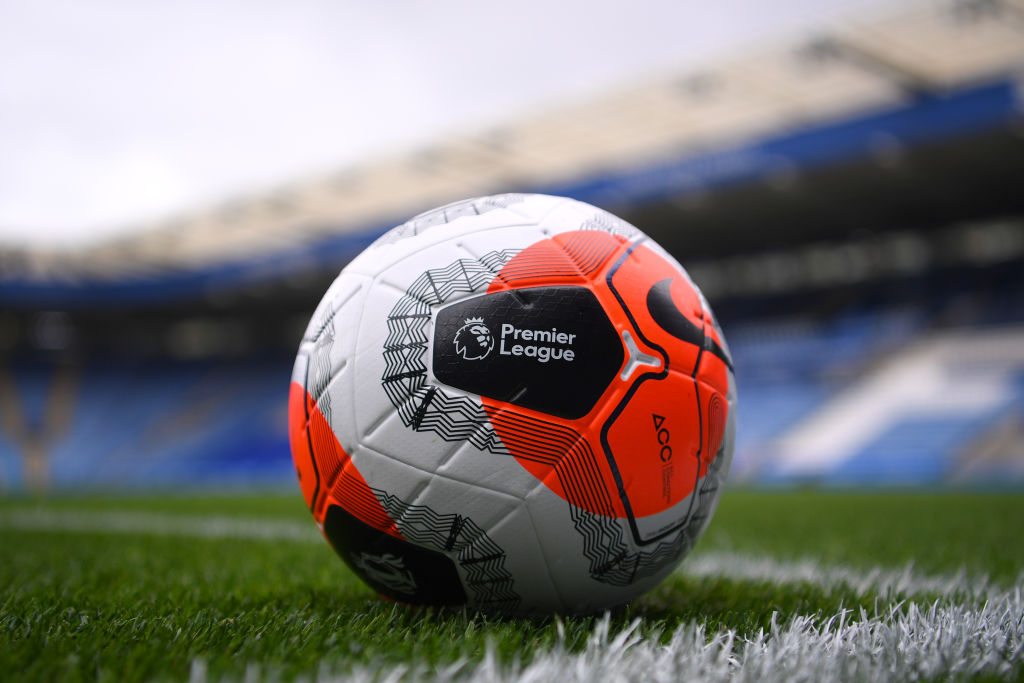
Nike's partnership with La Liga to produce their matchballs ended at the start of the 2019/20 campaign, making this Merlin football the first version produced solely for the Premier League. After 20 years of producing balls for the Prem, it became a little more personalised.
The winter ball was designed to hark back to the mid-2000s Total 90 Aerow balls, while the ball in circulation for the first third of the season is said to have "featuring pearlised ink inspired by the reflection that comes off the Premier League trophy".
The post-February 'Tunnel Vision' ball - the Corona ball, let's face it - twisted the design a little more, with bigger orange spots and an edited Nike Swoosh.
2020/21
2020/21: Nike Flight
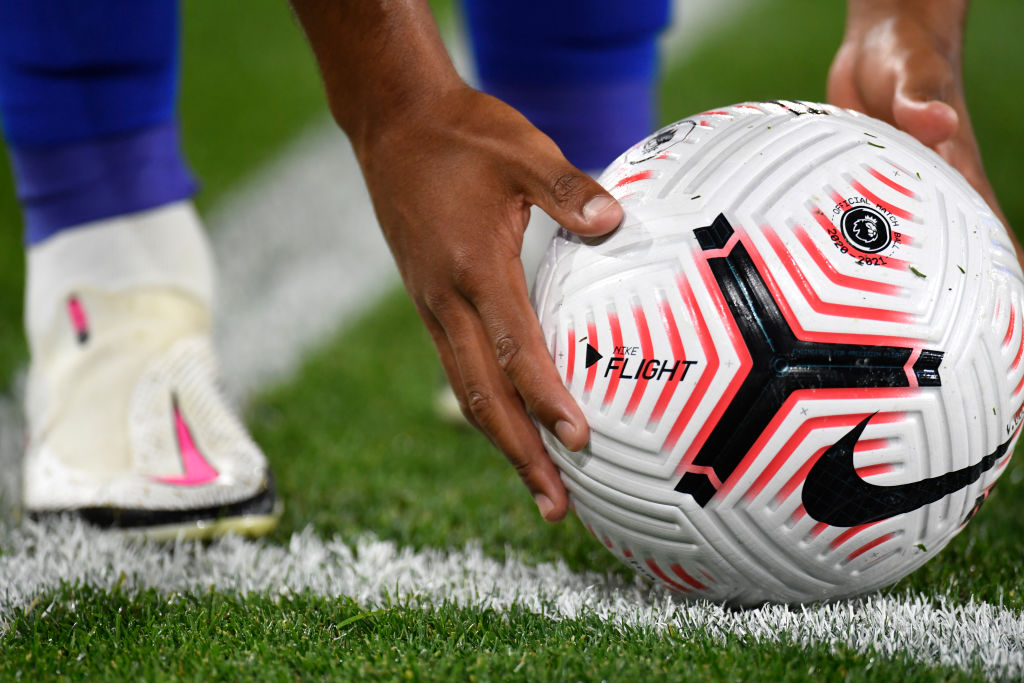
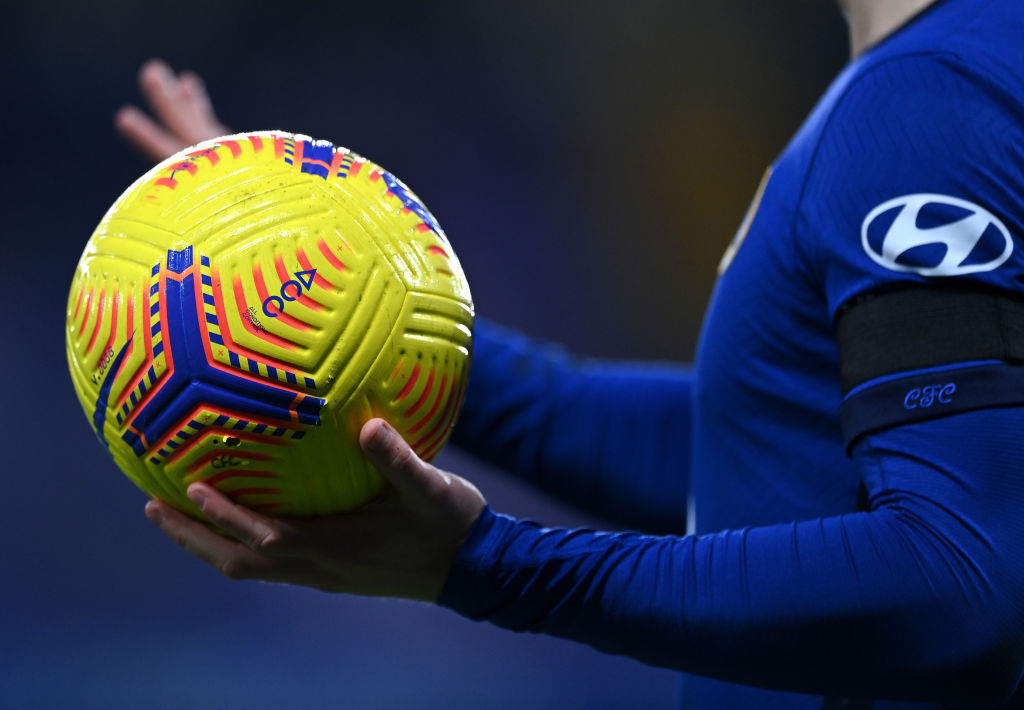
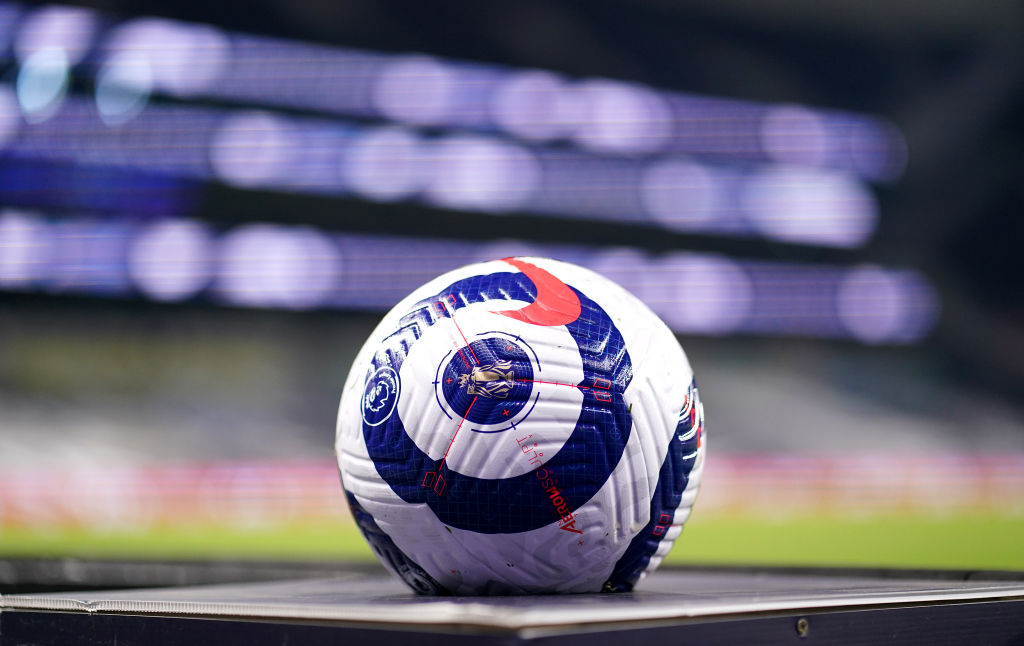
The next biggest revolution. The original Nike Flight was crafted over hundreds of hours, with are iridescent graphics featuring technical details of the ball, taking influence from "in-flight instrumentation", hence the name. The "Angular Chevrons" are a reference to the Prem being the fastest league in Europe, apparently.
Those grooves were bigger than ever, designed to disrupt airflow across the ball for less drag and more stable flight. 30% truer flight, in fact, than the last ball. We'd come a long since the early 90s.
The third ball for the season – that's a thing by this point – was another lovely reference to the old Aerow spheres that had the giant ring around them. Excellent work.
2021/22
2021/22: Nike Flight
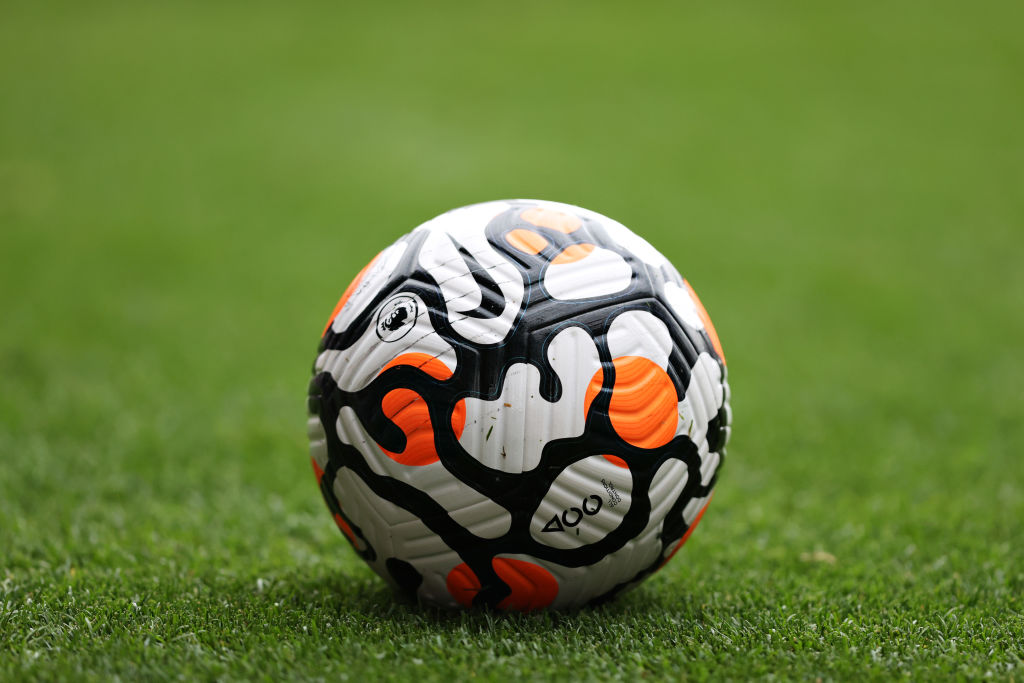
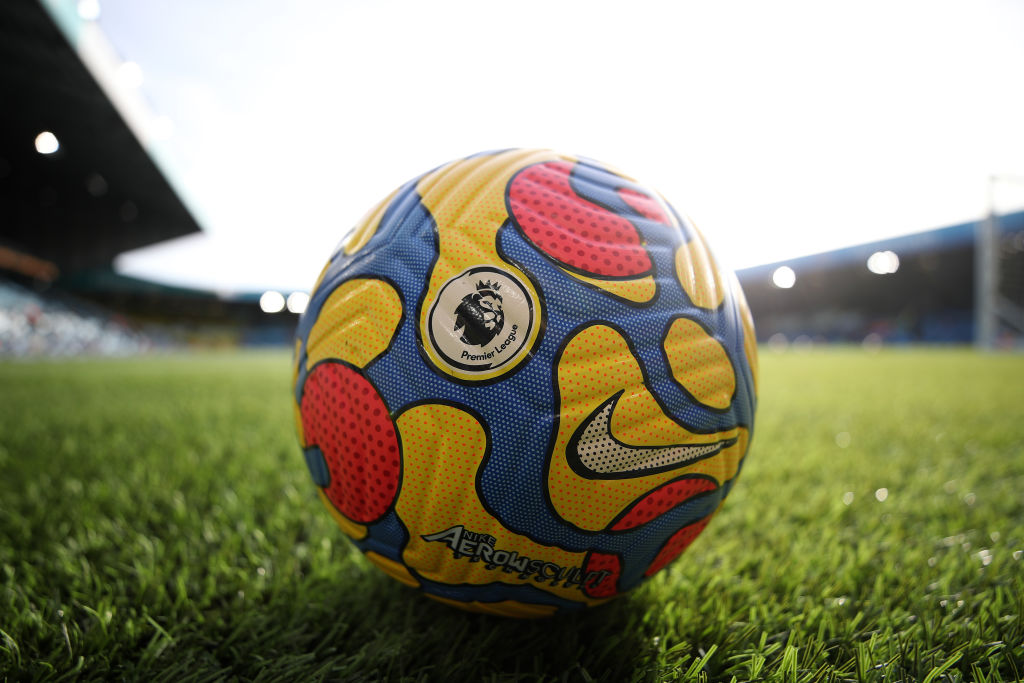
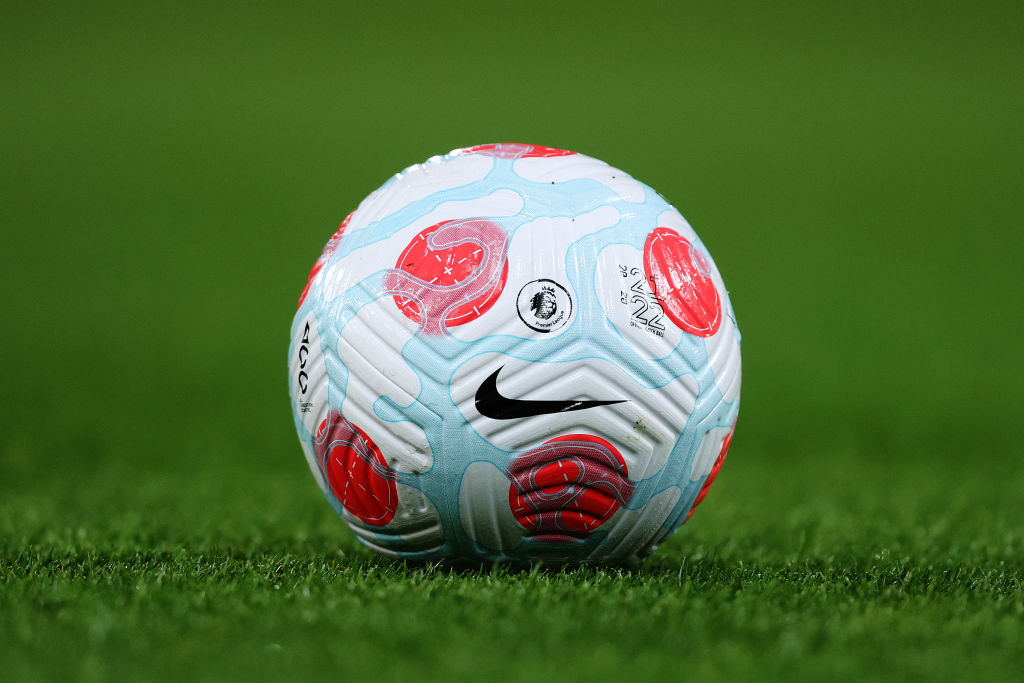
Same ball, similar pattern for 2021/22. The Nike Flight hadn't been updated but the American brand made these three balls a little more cohesive.
An all-round wrap pattern was introduced that altered in colour for each third of the season. The third was a standard Nike colourway, before the winter ball used some halftone patterns for something a little more comic-inspired. The third ball for the term was a little glassier and classier with a light blue.
2022/23
2022/23: Nike Flight
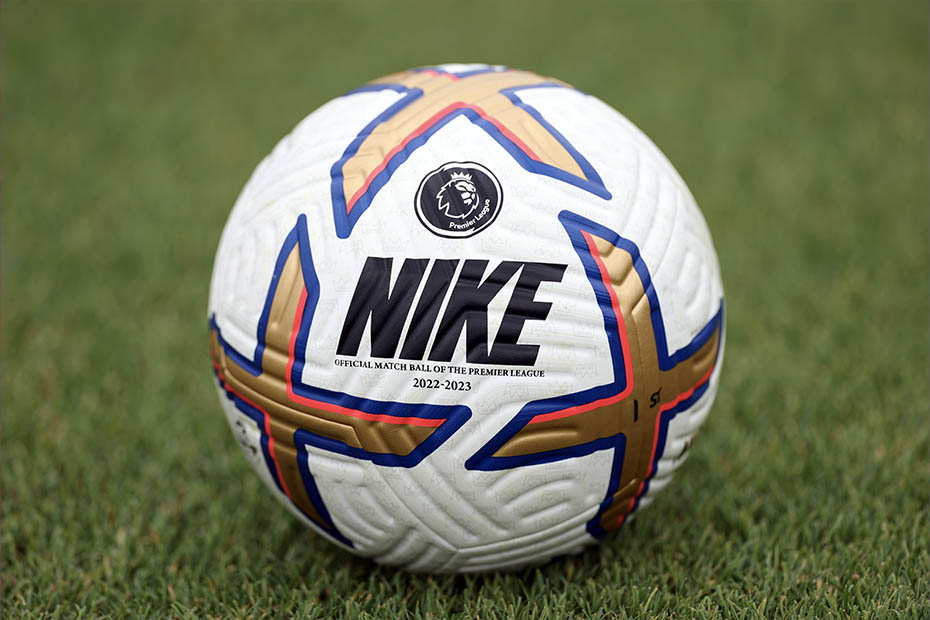
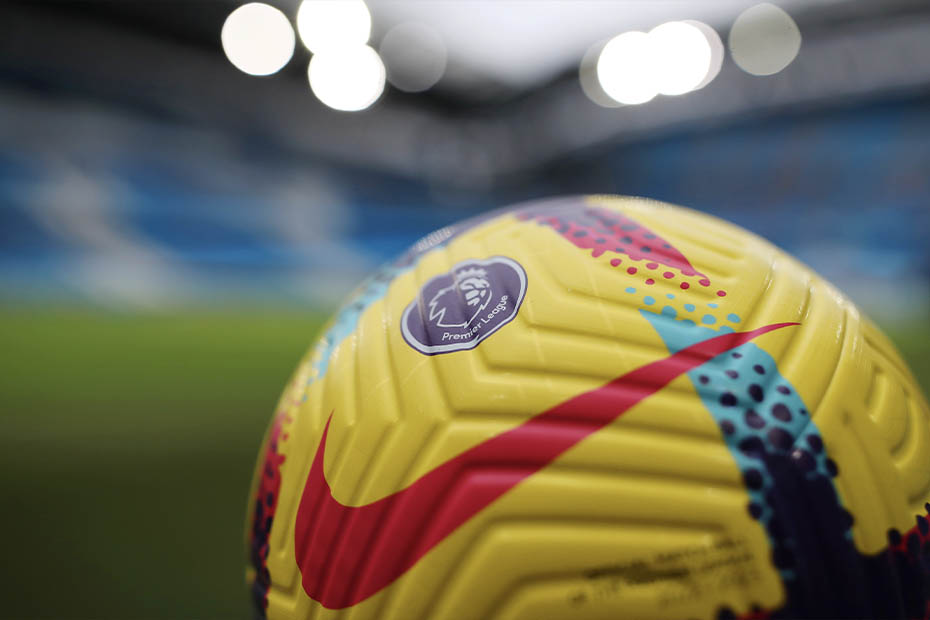
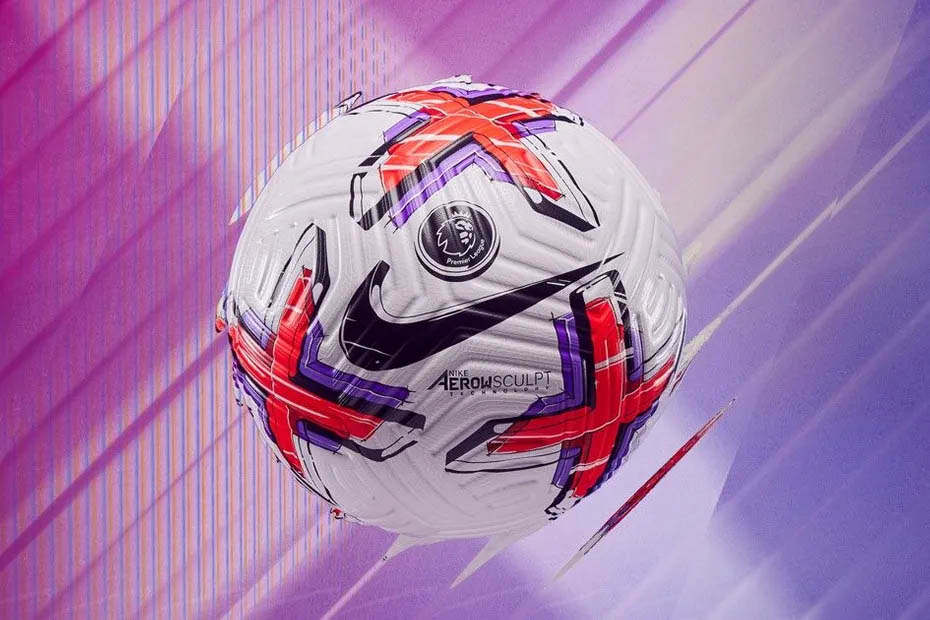
Inspired by classic balls of the 90s, Mitre even made a joke about the resemblance on their social channels, claiming to be "flattered".
Nike's first Prem ball to integrate gold, the Mitre chevrons have been updated with giant "X" marks all over the ball. They're big enough so that from most angles, three of these Xs are visible. Since X is the Roman numeral for 10, it's a celebration of the 30-year anniversary. The text-only Nike logo was added, too, just to ape Mitre a little more. It's cheeky – and it looks stunning.
The two spinoffs are lovely, too – good work all around.

Mark White has been at on FourFourTwo since joining in January 2020, first as a staff writer before becoming content editor in 2023. An encyclopedia of football shirts and boots knowledge – both past and present – Mark has also represented FFT at both FA Cup and League Cup finals (though didn't receive a winners' medal on either occasion) and has written pieces for the mag ranging on subjects from Bobby Robson's season at Barcelona to Robinho's career. He has written cover features for the mag on Mikel Arteta and Martin Odegaard, and is assisted by his cat, Rosie, who has interned for the brand since lockdown.
